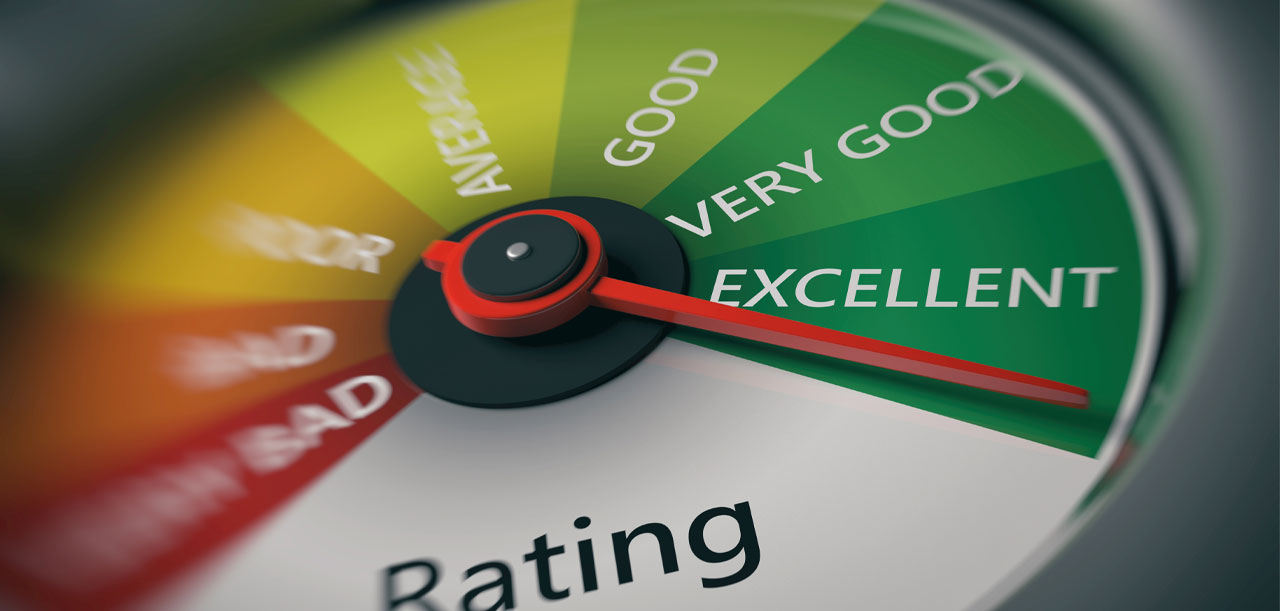PPC campaigns are all about bidding on the right phrases at the right time for the right amount, right? As counterintuitive as this will sound, that’s not accurate. If it were, search engine results pages (SERPs) would be filled with fishing and spam. AdWords, Google’s CPC ads, take another factor into account: Quality Score (QS). The basics of how it works are that if someone bids $6 for a phrase and their QS is 4, but someone else offers $3 and their QS is 7, that second person will get the higher position on the SERP. The good news is that you can actively improve your QS to save you hundreds of dollars on your ad budget.
Quality Score is determined by three elements: expected click-through rate (CTR), the relevance of the advertisement itself, and how the user experiences the landing page.
During the auction, Google takes a real-time assessment of the QS in order to find a winner for the bid. Real-time is crucial here, because it means that QS is constantly fluctuating. It’s perfect for marketers who are working to improve any of these parts.
You’re probably wondering how you’re supposed to get a better QS, especially if your conversion rate isn’t as high as you’d like. There are two points that, at DealerLeads, we always focus on. One is that all managers need to have an unbiased, third-party way to track stats. Having information like how long someone spends on your site or what pages are frequented the most will tell you a lot about how potential buyers are using the information on your page, perhaps even more than your ROI. Why? Because what Google cares about is the user experience. Just look at the three parts that make up the QS. If you’re not building your website for shoppers, then you’re eventually going to hit a ceiling.
Stop thinking of online advertising as a means of snagging as many clicks and contact forms as possible. That’s your bottom line and is necessary for figuring your ROI. Marketing, however, is more than just flashing a product in someone’s face, whether on the TV, their mobile device, or when they’re on social media. It’s about creating an experience that makes them want to visit your store. Want to know more about how to make that happen? Let us show you how we’re changing the game of selling cars by giving us a call or dropping us a line.
